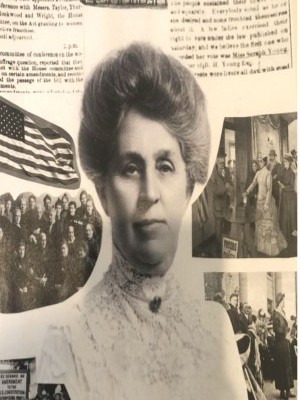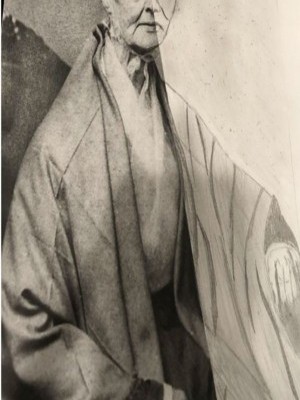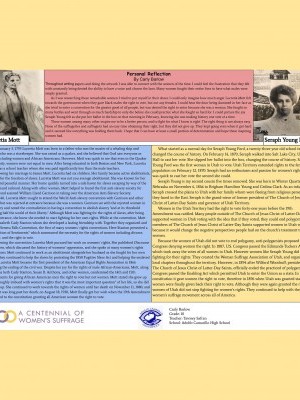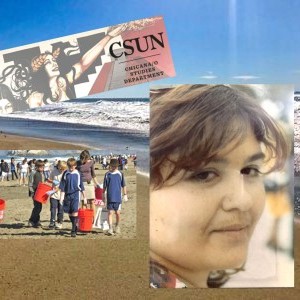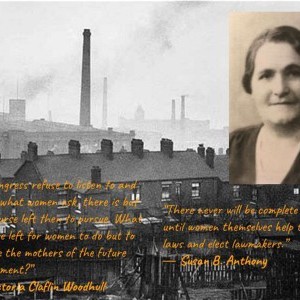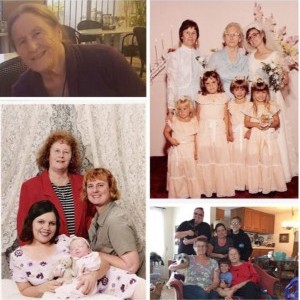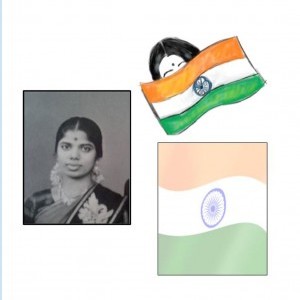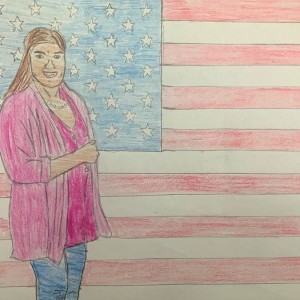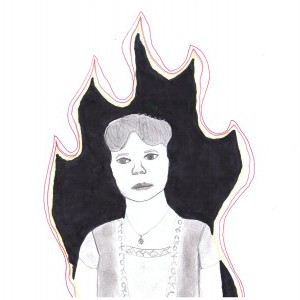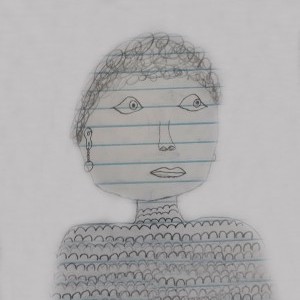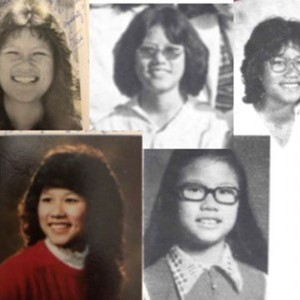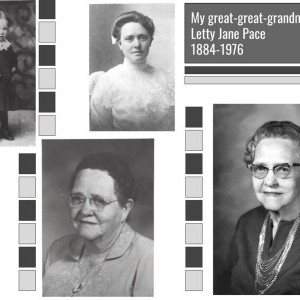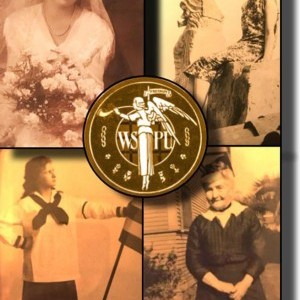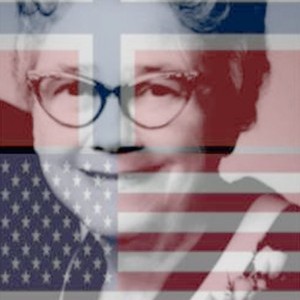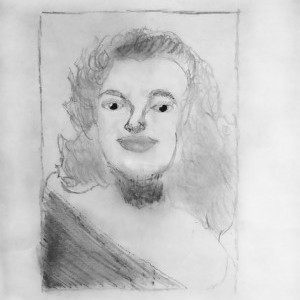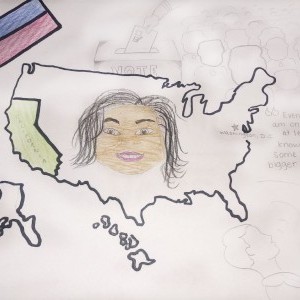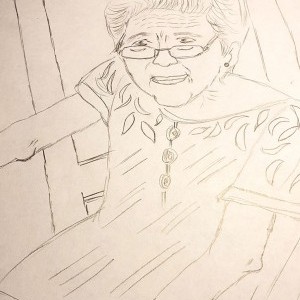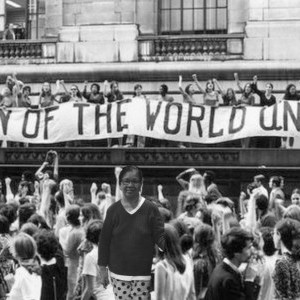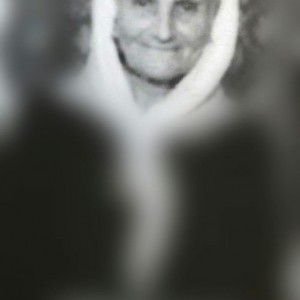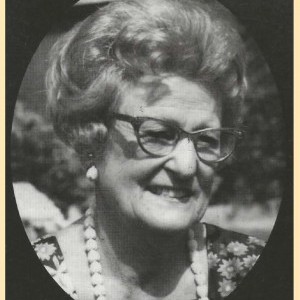Carly Barlow
Adolfo Camarillo High School | Camarillo, CA | 10th
Inspirational Family Member
Seraph Young Ford
What started as a normal day for Seraph Young Ford, a twenty-three-year-old school teacher, changed the course of history. On February 14, 1870, Seraph walked into Salt Lake City, Utah City Hall to cast her vote. She slipped her ballot into the box, changing the course of history. Seraph Young Ford was the first woman in Utah to vote. Utah Territory extended rights to the female population on February 12, 1870. Seraph had an enthusiasm and passion for women's rights, and was quick to cast her vote the second she could.
Seraph Young is my second cousin five times removed. She was born in Winter Quarter, Nebraska on November 6, 1846 to Brigham Hamilton Young and Cedina Clark. As an infant Seraph crossed the plains to Utah with her family whom were fleeing from the religious persecution they faced in the East. Seraph is the grand-niece of a former president of The Church of Jesus Christ of Latter-Day Saints and governor of Utah Territory.
Women in the Utah Territory had the right to vote forty-one years before the 19th Amendment was ratified. Many people outside of The Church of Jesus Christ of Latter-Day Saints supported women in Utah voting with the idea that if they voted, they could end polygamy. The members of The Church of Jesus Christ of Latter-Day Saints supported women in Utah voting because it would change the negative perspectives people had on the church’s treatment towards women.
Because the women of Utah did not vote to end polygamy, anti-polygamists proposed a bill to Congress denying women the right to vote. In 1887, U.S. Congress passed the Edmunds-Tuckers Act which took away the votes of all women in Utah. However women like Seraph Young did not stop fighting for their rights. They created the Woman Suffrage Association of Utah, and organized local chapters throughout the territory. However, in 1894 after Wilford Woodruff, president of The Church of Jesus Christ of Latter-Day Saints, officially ended the practiced of polygamy, Congress passed the Enabling Act which permitted Utah to enter the Union as a state. In Utah’s constitution it gave women the right to vote, therefore in 1896, when Utah was granted statehood, women were finally given back their right to vote. Although they were again granted the right, the women of Utah did not stop fighting for women’s rights. They continued to help with the women’s suffrage movement across all of America.
Historical Figure I Admire
Lucretia Mott
On January 3, 1793 Lucretia Mott was born to a father who was the master of a whaling ship and mother who was a storekeeper. She was raised as a Quaker, and she believed that God saw everyone as equal, including women and African-Americans. However, Mott was quick to see that even in the Quaker community, women were not equal to men. After being educated in both Boston and New York, Lucretia worked as a school teacher where she was paid significantly less than the male teachers.
Following her marriage to James Mott, Lucretia had six children. Her family became active abolitionists, fighting for the freedom of slaves. Lucretia Mott was not your average abolitionist. She was known for her tender and peaceful manner. Her home quickly turned into a safe haven for slaves escaping by way of the Underground Railroad. Along with other women, Mott helped to found the first anti-slavery society for women, and assisted William Lloyd Garrison in taking over the American Anti-Slavery Society.
In 1840, Lucretia Mott sought to attend the World Anti-Slavery Convention with Garrison and other women, but was rejected at entrance because she was a woman. Garrison sat with the rejected women in the gallery and noted the contradiction in having a convention to abolish slavery "…and at its threshold depriving half the world of their liberty.” Although Mott was fighting for the rights of slaves, after being denied entrance, she knew she needed to start fighting for her own rights. While at the convention, Mott met Elizabeth Cady Stanton whom she developed a lasting friendship with. Together they organized and led the Seneca Falls Convention, the first of many women’s rights conventions. Here Stanton presented a “Declaration of Sentiments” which summoned the necessity for the rights of women including divorce, ownership of property, and the right to vote.
Following the convention Lucretia Mott pursued her work on women’s rights. She published Discourse on Women, which discussed the history of women’s oppression, and she spoke at many women’s rights conventions. Mott continued to work as an abolitionist alongside her husband as she fought for her own rights. They continued to help the slaves by protesting the 1850 Fugitive Slave Act and helping the enslaved escape. Lucretia Mott became the first president of the American Equal Rights Association in 1866 following the ending of the Civil War. Despite her joy for the rights of male African-Americans to vote, Mott, along with Elizabeth Cady Stanton, Susan B. Anthony, and other women, condemned the 14th and 15th Amendments for giving African-American men the right to vote but not women. Mott stated she grew up “so thoroughly imbued with women’s rights that it was the most important question” of her life, so she did not give up. She continued to work towards the rights of women until her death on November 11, 1880, and though it was long past her death, on August 18, 1920, Mott finally got her wish when the 19th Amendment was added to the Constitution granting all American women the right to vote.
What the Project Means to Me
Throughout writing papers and doing the artwork I was able to connect with the women of the time. I could feel the frustration that they felt with constantly being denied the ability to have a voice and choose the laws. Many women fought their entire lives to have what males were simply granted.
As I was researching these remarkable women I tried to put myself in their shoes. I could only imagine how much anger Lucretia Mott felt towards the government when they gave black males the right to vote, but not any females. I could hear the door being slammed in her face as she tried to enter a convention for the greater good of all people, but was denied the right to enter because she was a woman. She fought so many battles and went through so much hardship to only die before she could practice what she fought so hard for. I could picture the joy Seraph Young felt as she put her ballot in the box on that morning in February, knowing she was making history one vote at a time.
These women among many other inspire me to be a better person, and to fight for what I know is right. The right thing is not always easy. None of the suffragettes and suffragists had an easy time obtaining their right, but they did not give up. They kept going even when it got hard and it seemed like everything was holding them back. I hope that I can have at least a small portion of determination and hope these inspiring women had.
Explore the Archive
More From This Class
Click on the thumbnails below to view each student's work.Deadline Extended
There's still time to join Women Leading the Way.
Become a part of our storytelling archive. Enroll your class today.
Join the Project

